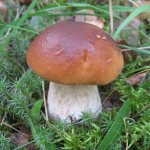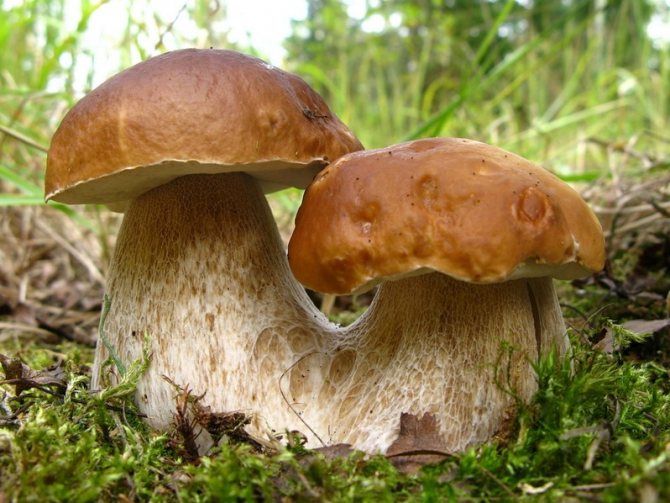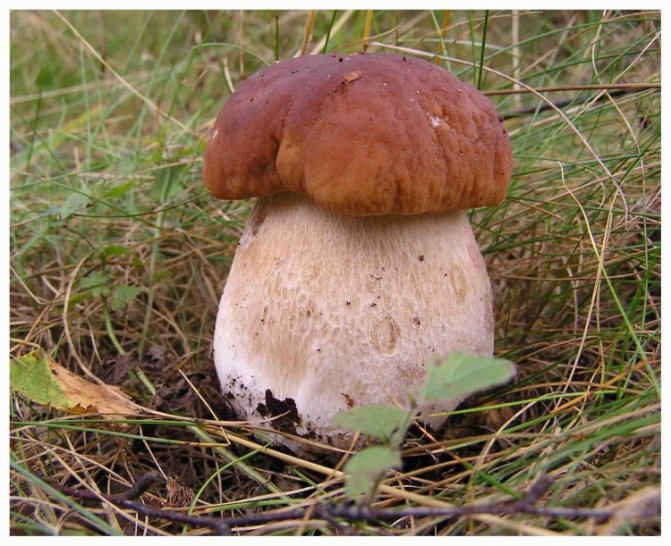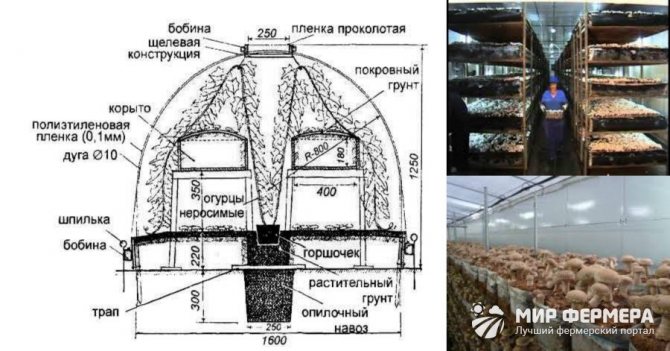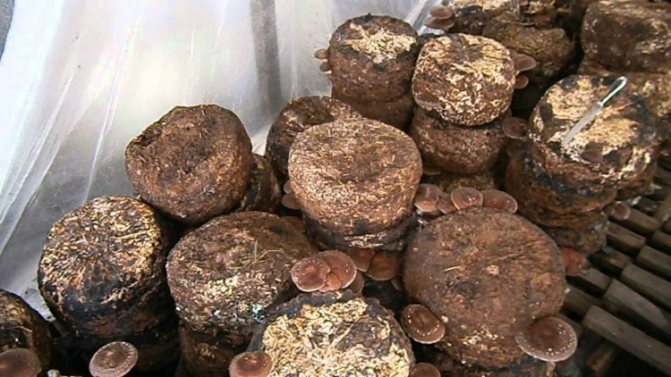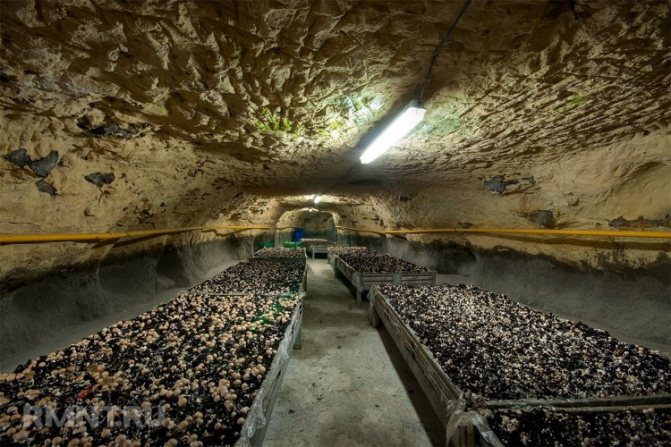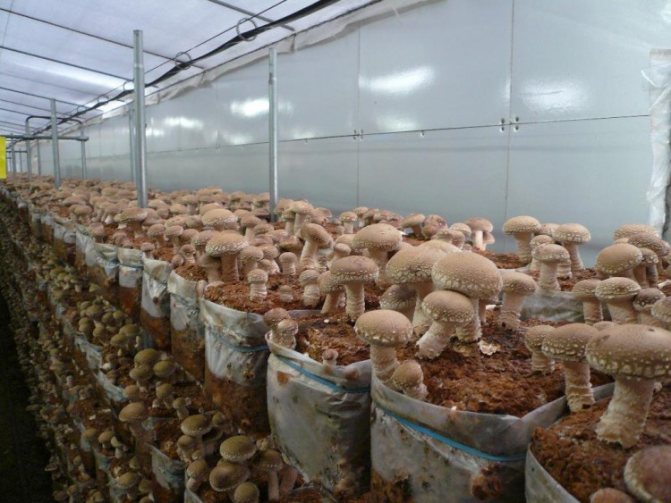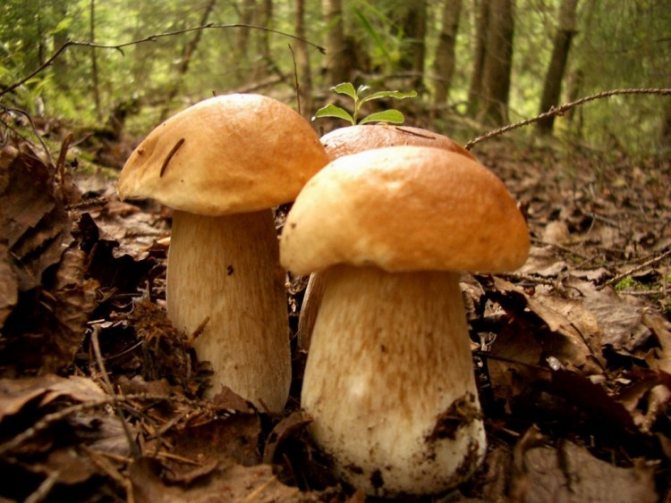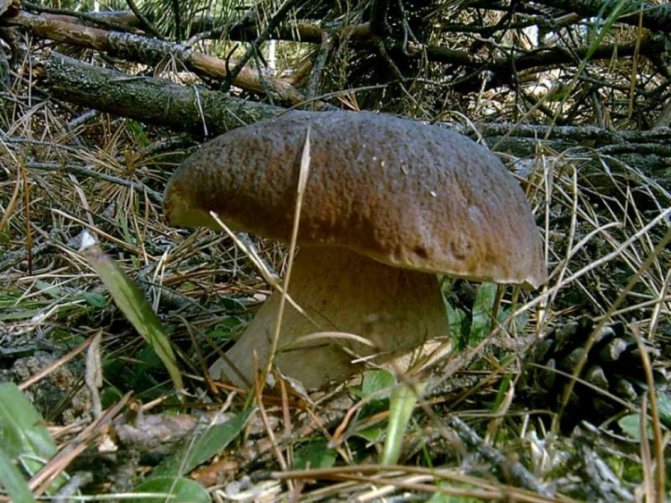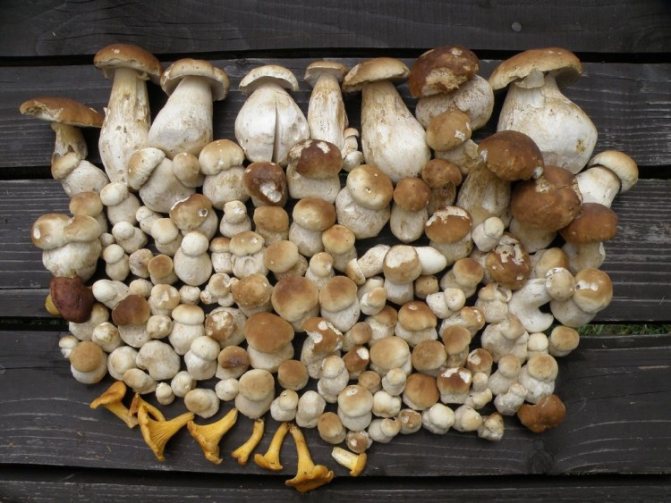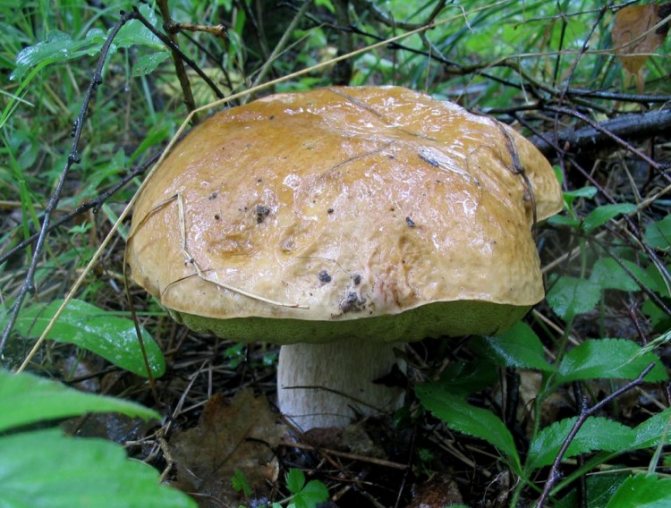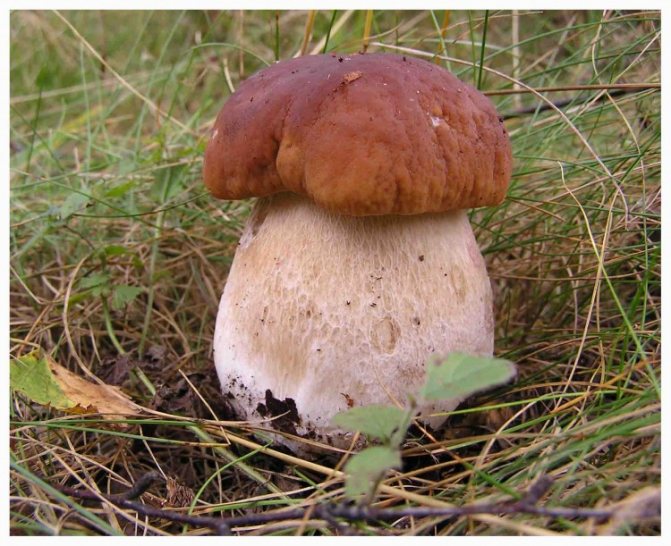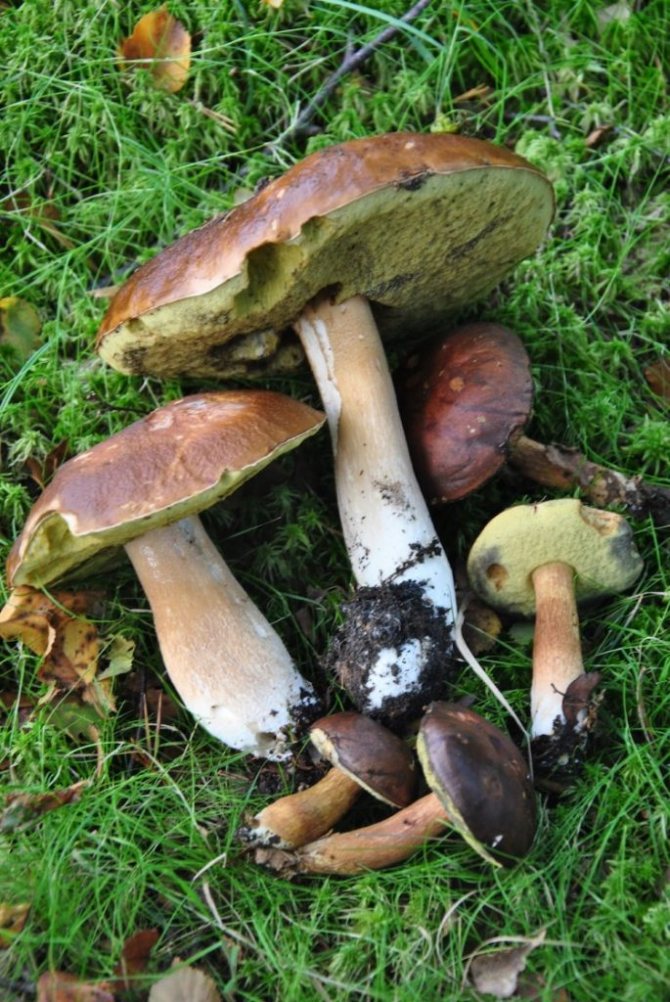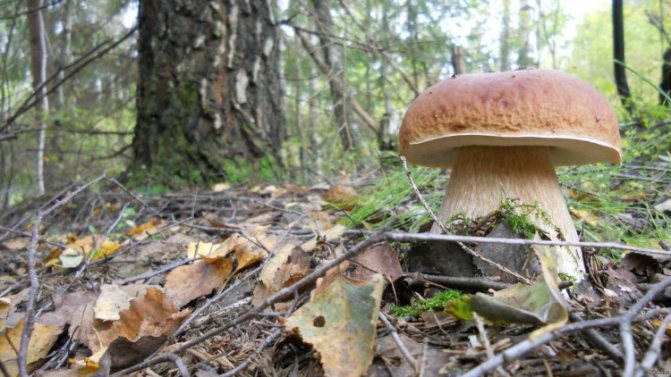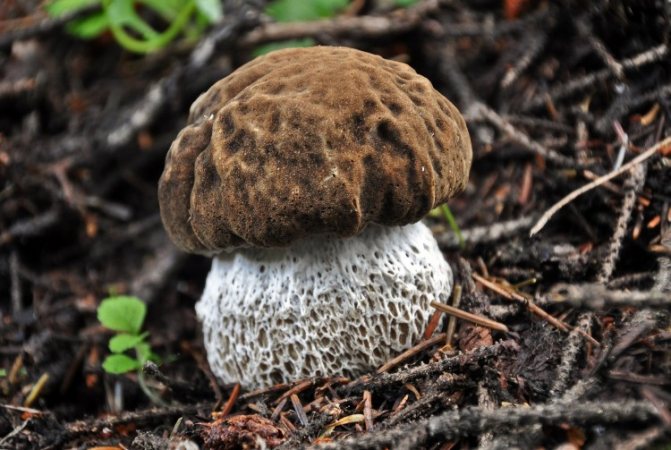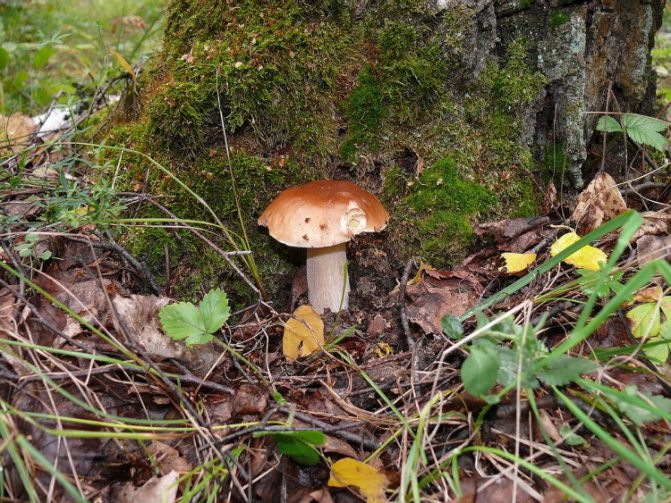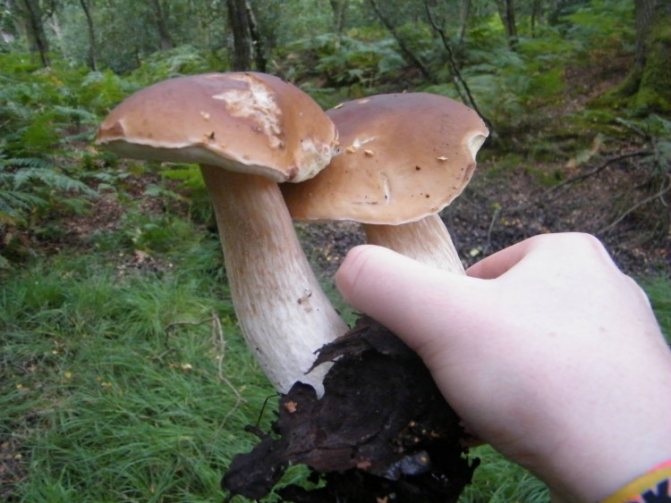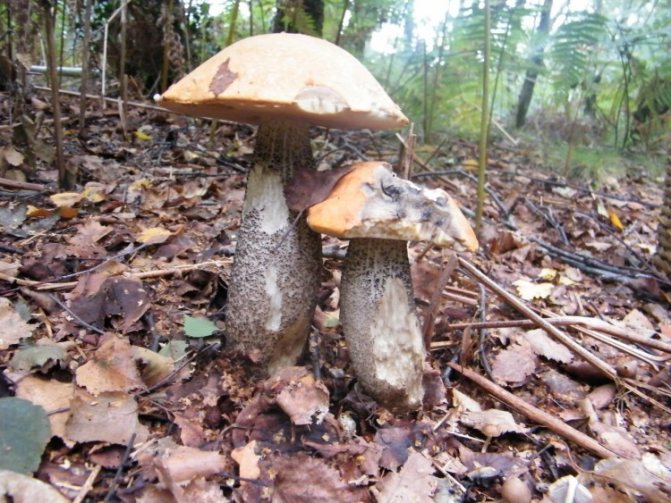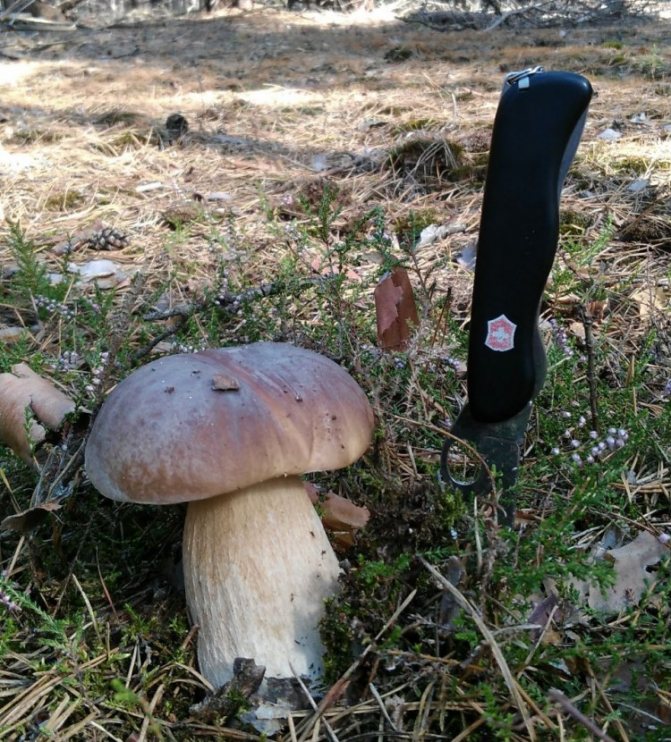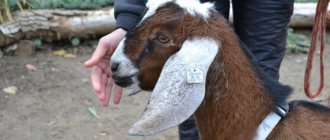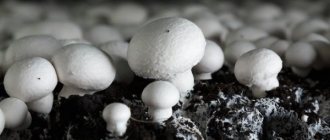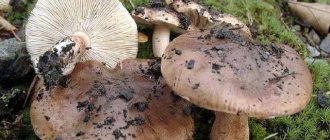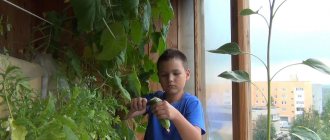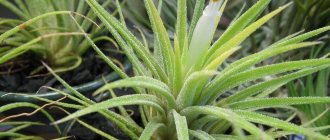Porcini mushrooms have long been called the kings of mushrooms. Beautiful hats with thick legs in a basket - this is the first thing a mushroom picker dreams of, going into the forest on a "quiet hunt".
This mushroom is really very beautiful. It is also very useful. When dried and cooked, boletus retains its white juicy structure, which is why it was called white. It is extremely tasty and gives off a pleasant nutty flavor when cooked. Why not give it a try growing porcini mushrooms at home?
Description of porcini mushroom
The porcini mushroom belongs to the Boletaceae family and is a tubular mushroom. It is quite large in size: its thickened at the base, a dense leg, resembling a barrel, can stretch up to 25 cm in height and 10 cm thick, while its average size is up to 12 cm.Its color ranges from white to red-brown with white streaked.
- The diameter of the convex cap is also amazing, sometimes reaching 50 cm (the average size is from 7 to 30 cm). The skin is smooth, less often wrinkled, during rains - smooth and slimy, during drought - matte. The color of the cap ranges from creamy white to brown, and the older the mushroom, the darker the shade of the cap.

White mushroom with a brown cap - Juicy and fleshy pulp after cutting does not change color, remaining white-yellow. Although sometimes there are individuals in which the color of the pulp can change to a pink-blue hue.
- White mushroom is superior in taste to other mushrooms and is rightfully considered one of the best. The pulp contains a huge amount of nutrients and beneficial trace elements.
- The porcini mushroom is used for cooking fresh, pickled or dried dishes. At the same time, during cooking or drying, the pulp of the mushroom emits a pleasant mushroom aroma. In some countries, boletus is eaten without heat treatment, and sauces are also prepared from it.
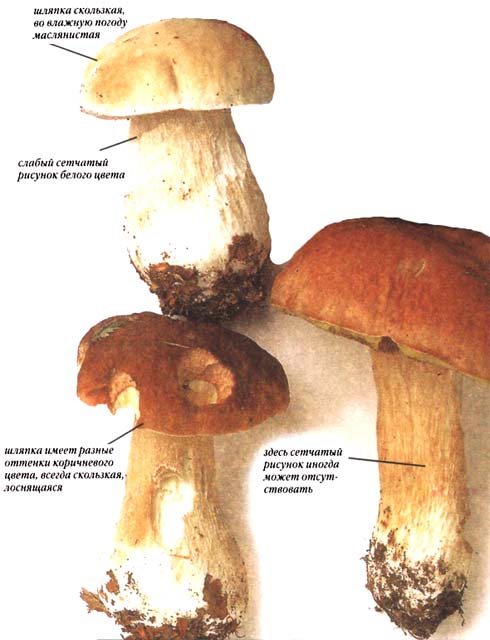

Description of porcini mushroom
Unfortunately, these mushrooms are practically not grown on an industrial scale due to their unprofitability. Boletus lovers have to either travel through the forests or grow this delicacy on their own.
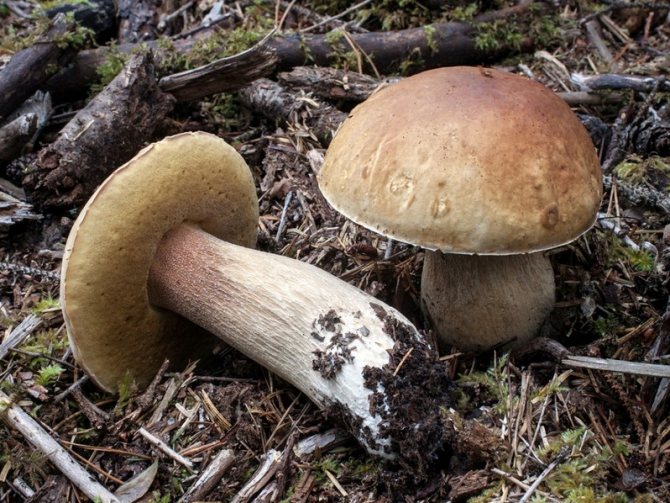

The habitat of porcini mushrooms is a coniferous and deciduous forest.
Room selection
Mushrooms appear after rain - everyone knows that. This means that high humidity is the main condition. They grow white under trees, that is, they like thinned light. Fog is ideal for the appearance of a fruiting body. It is difficult to recreate it on a windowsill.
You can only gently maintain the humidity by spraying water droplets of fine dispersion. In order not to ventilate the room in which you dared to conduct the experiment, it should be carefully closed, avoiding drafts.


You will need large pots, since mulching the soil helps a lot to recreate the environment of porcini mushrooms. The mulch layer should be high, straw is suitable for it. But such containers are best used in which indoor plants are already growing. You can try to organize a symbiosis of mushrooms with different types of decorative flowers.
Did you know? The mushroom is called porcini because of the color of its pulp, which does not change not only on the cut, but also after drying.
However, all this does not guarantee success in order to grow porcini mushrooms, since they require the following conditions:
- The presence of a heating system, temperature control (up to + 18 ° C).
- Air conditioning. Ventilation can dramatically change temperature and relative humidity, and an air conditioner keeps the air fresh at all times.
- Special lighting. The light should be daylight and diffused.


If such conditions can be created, then it is most convenient to use a system of shelving, on which it will be possible to arrange flowerpots, pots or containers.
Conditions and place for growing
To grow boletus mushrooms on your own personal plot, you will have to work hard and create conditions close to natural nature.
| Condition | Description |
| Symbiosis | In the forest, the porcini mushroom is in close symbiosis with the trees that surround it. Most often it is spruce, oak, pine, birch |
| Age of trees | Most often, porcini mushrooms grow in the forest where the trees are more than 50 years old, although they can also be found in pine forests of 20-25 years old. |
| Neighborhood with other mushrooms | Scientists have found that the porcini mushroom most often appears in the vicinity of other representatives of this kingdom: green tea, chanterelle, green russula |
| Soil cover | Boletus respects the forest in which the soil cover is represented by mosses and lichens |
| Air temperature | The most comfortable air temperature for porcini mushrooms ranges from 15-18 degrees in August and 8-10 in September. Sharp temperature fluctuations are undesirable |
| Humidity | The largest boletus harvests are observed after short thunderstorms or foggy nights. |
| The soil | Ideal soil for porcini mushrooms - loam, sandy loam or sand with good drainage |
| Shine | Boletus loves light, but sometimes (depending on other conditions) it can abundantly spread in shaded forest thickets. |
Based on all this, those areas where there are adult coniferous or deciduous trees are best suited for growing porcini mushrooms. Oak, birch, pine groves are suitable for organizing plantations. The place should be well lit, sufficiently humid, but not waterlogged. Before planting mushrooms, it is worth removing nearby herbs such as ferns and hoofs.
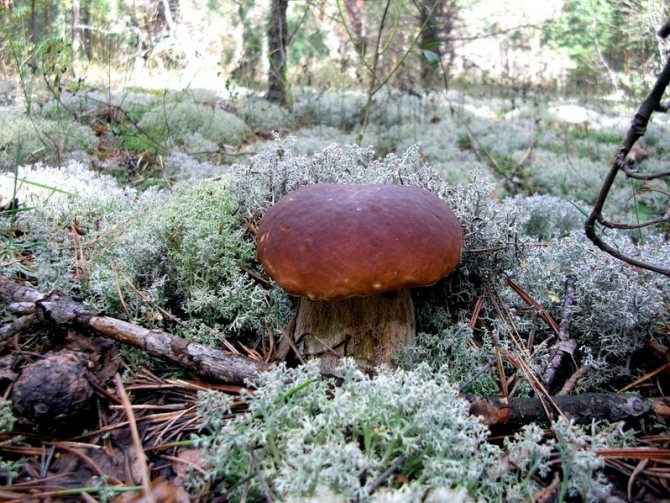

Best suited for growing porcini mushrooms are those areas where there are adult coniferous or deciduous trees.
If the planting material was made by the gardener on his own, then it is important to choose the soil for planting the mushrooms near the tree from which the adult boletus parent was taken.
Sowing mushrooms should be at the end of the summer season or in early autumn to mid-September.
Growing mushrooms as a business
If you are considering growing porcini mushrooms as a business, it is worth knowing that there are other ways to grow it. It all starts in about the same way - we go to the forest, where we are looking for the mushrooms we need.
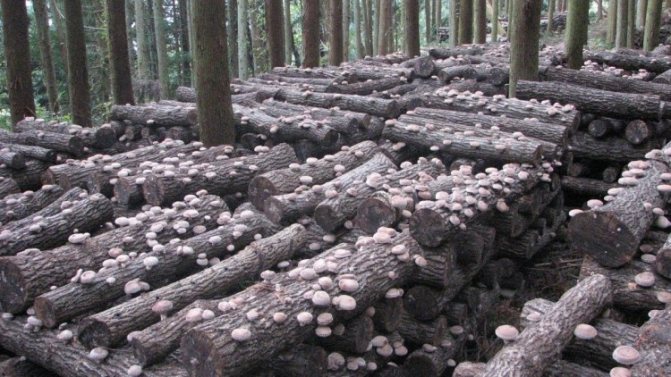

Only now we need more than just hats. We will take mushrooms together with the layers of the earth. 15 centimeters around the base of the boletus.
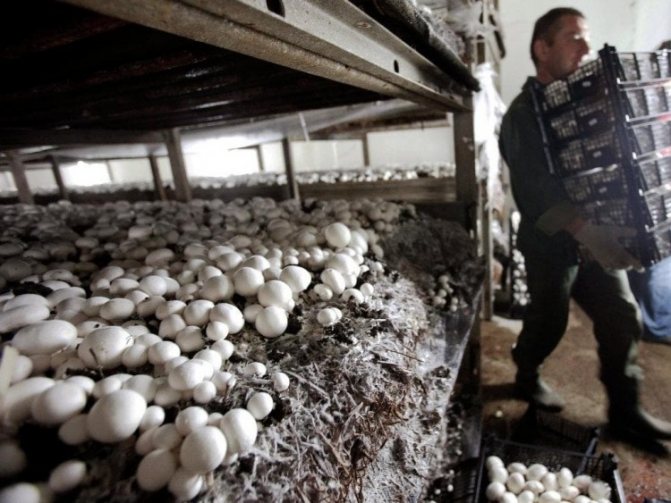

You will need such 2-3 layers. Already at home, we divide them into smaller parts - 10-15 pieces, which we will bury shallowly into the ground on our site.


Seed preparation
If you decide to grow porcini mushrooms from material collected in forests, that is, from porcini mushrooms that grow in their natural environment, then it is important to choose mature mature mushrooms for the preparation of planting material.
- Collect mother mushrooms that grow under the same trees as in your area.
- Choose those mushrooms where the spores in the caps are already ripe (about 10 caps measuring 10-20 cm). You can take wormy or dried hats.
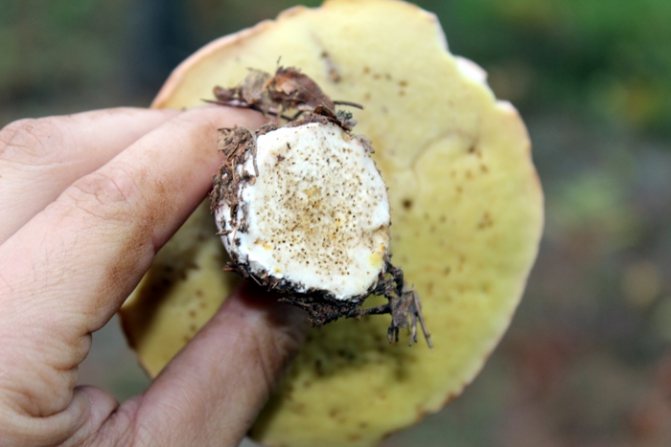

Found a wormy porcini mushroom? Do not rush to throw it out, it is better to make a suspension for planting out of it. - Prepare a weak solution of potassium permanganate at the rate of 1 g per bucket of rainwater.
- Add 15 sugar lumps to it for a nutrient solution.
- Mash the selected mushroom caps thoroughly until a smooth porridge.
- Place the resulting material in the solution and leave for several hours.
- Strain the resulting mixture - this way we get a suspension that contains the spores of the porcini mushroom.


Preparation of planting material
We will tell you about the methods of planting with the help of a suspension just below.
In the case of using such seed, you can harvest the next crop no earlier than in a year, or even later.
Natural planting material can be made in another way. To do this, you should find an adult porcini mushroom in the forest and carefully cut off a layer of soil about 15 * 25 cm in size around it. The layer is divided into 8-20 small fragments and is laid in the soil in the garden bed.
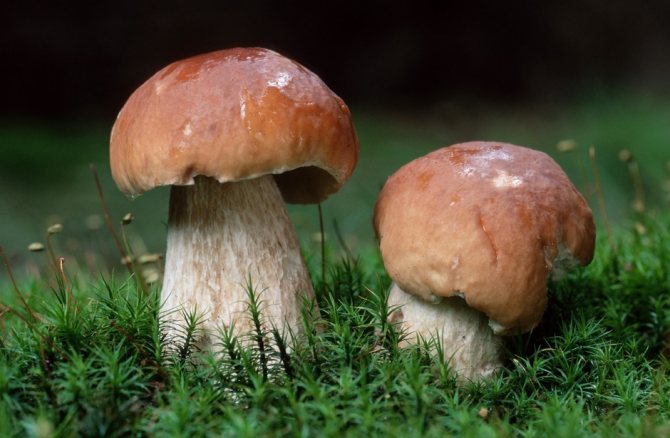

Carefully cut off a layer of soil about 15 * 25 cm in size near the mushroom and get planting material
You can also grow porcini mushrooms at home from powdered mycelium, which is sold in stores.
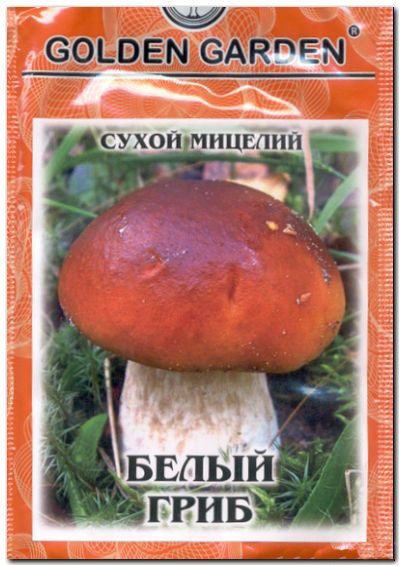

Dry mycelium of porcini mushroom
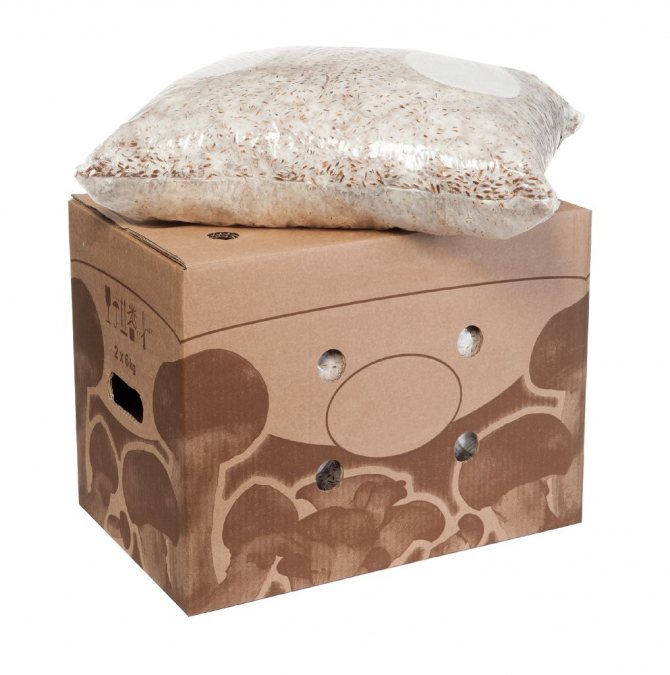

Porcini mycelium
- Choose a slightly shaded area under the trees and remove the top of the soil (30 cm) over an area of about 3 square meters.
- At the bottom of the pit, tree bark and fallen leaves are lined with a layer of about 10 cm.
- It is also necessary to add humus or soil from under the trees.
- Take powdered mycelium (20 g) and mix it with sand (1 L).
- Sprinkle the mixture on the garden bed and cover with compost (layer about 3 cm).
- The final stage is to cover it all with ordinary earth (a layer of about 4 cm).
- Immediately after sowing, the bed is carefully watered, best of all with a drip method.
Such a bed will yield a harvest faster and will delight you with porcini mushrooms for up to 5 years.
Cooking planting material at home
It's good when there is a store nearby where you can buy mycelium (mycelium) of the porcini mushroom. But what to do when he is not there? That's right, prepare the seed yourself.
But before going into the forest for the mycelium, you must:
- Determine where your homemade porcini mushrooms will grow: under a birch, under a spruce or other tree.
- Tune in to picking mushrooms only under a certain type of tree. For example, if you plant porcini mushrooms under a birch, then you need to collect boletus only under birches, etc.
For seed, only 10-15 mushrooms are needed. Moreover, they can be both with worms or rotten, and healthy.
In mushrooms (already at home), the lower spongy layer under the cap (hymenophore) is cut off, passed through a meat grinder and diluted with water. The ratio of water to ground mushrooms is 7/2. By the way, you can grind the caps entirely, all the same the solution is made in the same ratio. Some gardeners recommend adding alcohol to the water - no more than 4 tablespoons of alcohol per bucket.
The "mushroom" solution should stand for several days. During this time, the pulp of the mushrooms will float, and the separated spores will sink to the bottom. The upper (floating) layer is carefully removed with a spoon or drained, but not thrown away - this procedure must be carried out several times, constantly adding fresh water to the bucket. After draining the water completely, you get a saturated concentration of mushroom spores. This is the mycelium - the seed of the porcini mushroom.
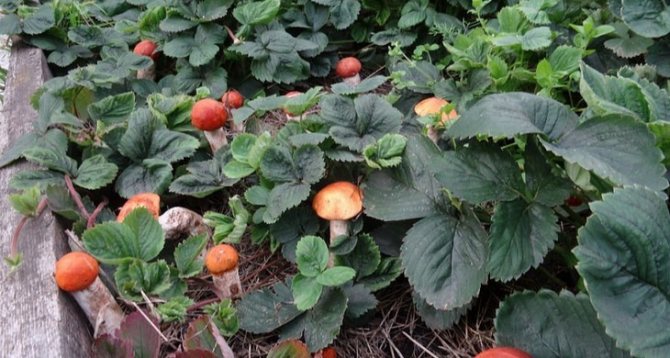

Photo of porcini mushrooms growing in the country in the plantings of strawberries
Sowing methods of mushrooms
Powdered mycelium purchased in a store is rarely used by mushroom growers as a planting material. Most often, they still prepare natural planting material, which they use in several ways.
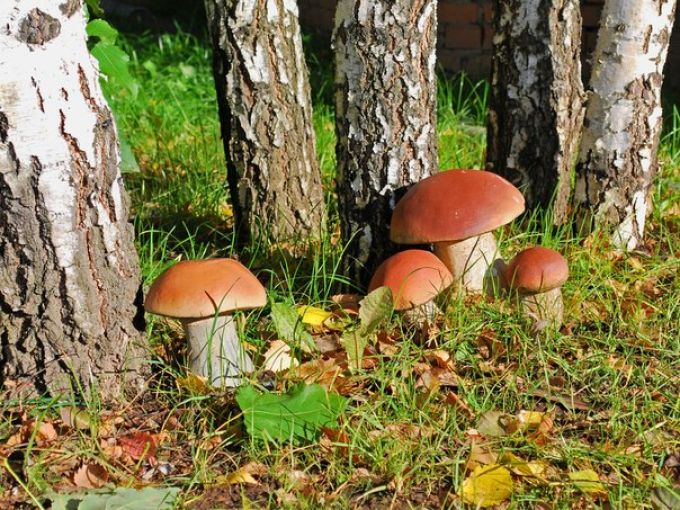

Growing porcini mushrooms under birches
Method number 1. At a distance of about a meter from the selected tree on the site, carefully so as not to damage the root system of the plant, remove 15 cm of the top layer of soil. It is good if it turns out that the roots are slightly exposed. At the rate of 350 gr per ¼ sq.m. the roots are watered with the prepared suspension and then sprinkled on top with the soil removed earlier. Now you need to moisten the garden bed - under each tree, carefully, so as not to wash off the future mycelium, pour up to 5 buckets of water.
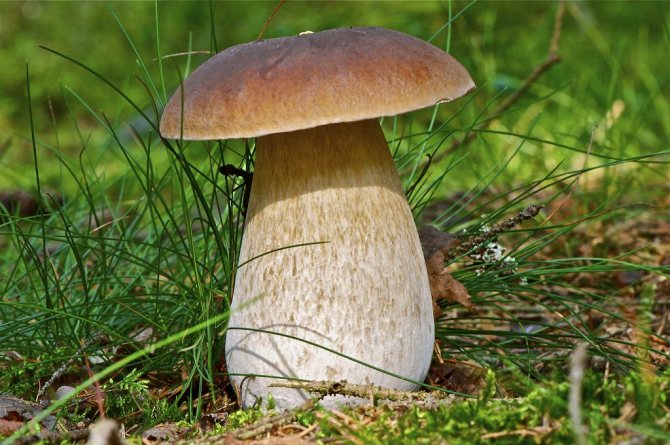

For good mushroom growth, the soil must be moistened as it dries.
Please note: if the soil in the place chosen for planting is almost always wet by itself, then watering is carried out only during sowing. Additionally, the plantation is moistened only in case of severe drought.
Method number 2. To implement this method, a month before planting the mushrooms, it is necessary to prepare a special nutrient mixture. These are fallen oak leaves collected after winter, rotted oak wood (5%) and horse manure (5%). The components are laid out in layers (foliage alternates with manure and wood) and on top of the resulting heap is watered with ammonium nitrate (1%). After 7-10 days, this mass must be dug up to get a homogeneous substrate.


Ammonium nitrate for soil preparation for growing porcini mushrooms
Then we begin to prepare directly the ridge itself. A hole up to 30 cm deep and about 2 m wide is dug under the trees, where the resulting nutrient mixture is laid out in layers up to 12 cm. Each layer must be covered with a 10 cm layer of soil. The total height of the ridge will be about 50 cm. To avoid waterlogging, create a small elevation in the middle of the plantation.
On the surface of the prepared substrate, shallow pits are made in a checkerboard pattern at a distance of no more than 30 cm from each other, into which fragments of soil from under the porcini mushroom are either laid, or watered with a suspension and ground with a layer of up to 7 cm.
After sowing, the ridge is moistened and covered with fallen foliage.
Method number 3. The garden bed is prepared in the same way as in method # 2. Small dried pieces of the tubular part of the mushroom are placed in the substrate, opening a few centimeters. After 3-4 days, they are taken out, and the soil is slightly moistened. In this case, the harvest will appear next year.
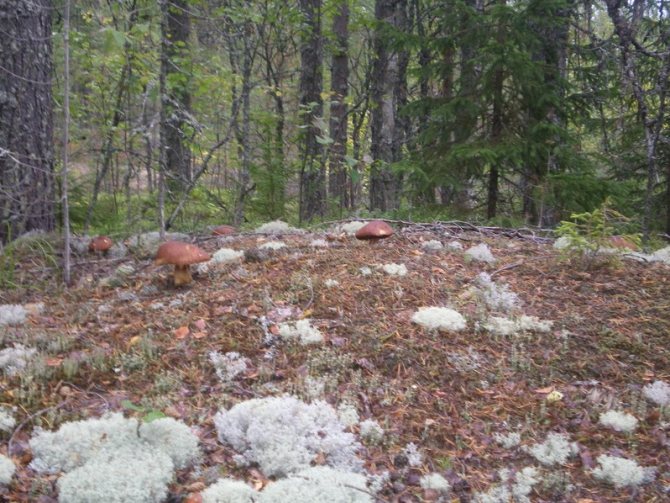

The harvest of porcini mushrooms
Collection of material
We figured out the conditions for growing porcini mushroom, it's time to sow directly. There are several popular ways to do this. We will analyze each of them.
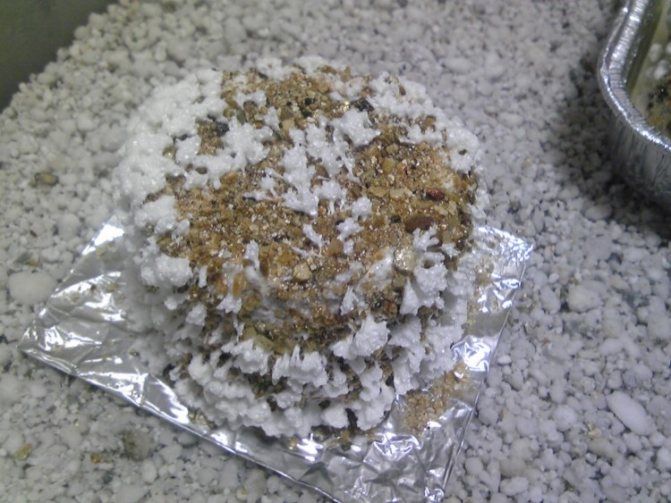

First of all, you can collect material for planting in the forest. To do this, you need to determine what trees you grow on the site. This is important, because you will be looking for the same trees in the forest, with mushrooms under them. The mushrooms that you find under the tree will only grow under the same plant elsewhere.
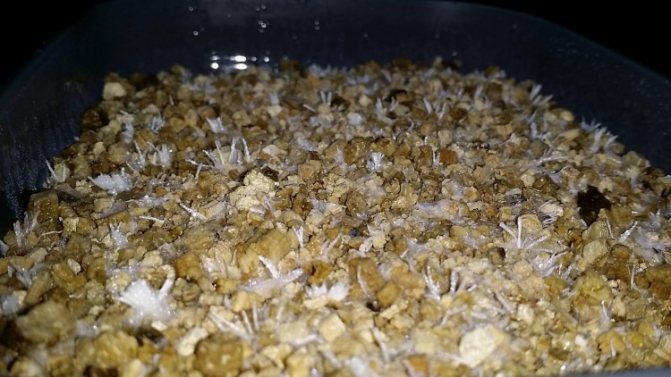

Then we go for a walk in the forest. Here we are looking for the trees we need and see if there are porcini mushrooms under them. It is best to do this the next day after rain, or on a rather foggy day.
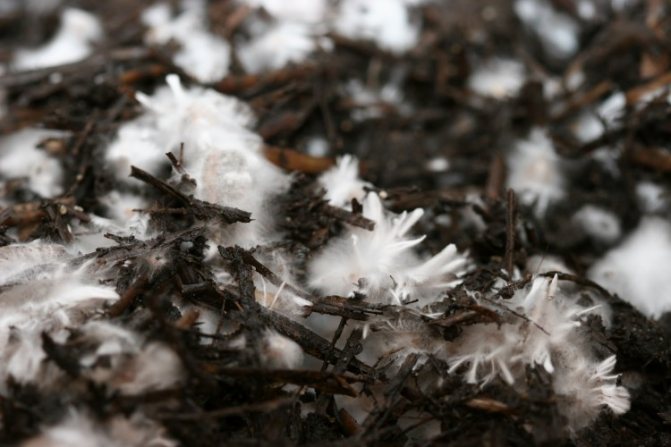

Please note that we need adult mushrooms that are fully ripe. At the same time, we are not very worried about their appearance or physical damage.
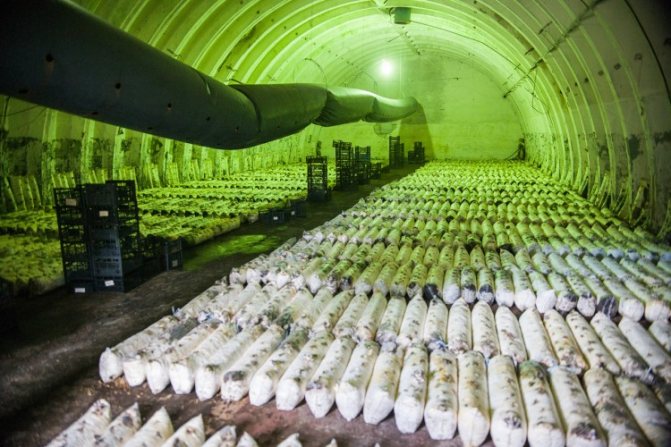

For a small plot in the country, we will need to find to prepare 10 mushroom hats, under which there will be ripe boletus spores. The hats should be large enough - from 10 cm in diameter. As soon as we have collected the required amount, we go home.
Growing in a greenhouse
Porcini mushrooms can be grown in a greenhouse in any of the ways. To make the boletus feel comfortable in it, you should first prepare the room.
- Use a material that does not allow light to shade a small area of the greenhouse and place several containers of water there to create the necessary level of humidity.
- Barrels can also be replaced with sawdust, which is periodically sprayed with water. This material retains moisture very well.
- Do not forget about ventilation: the greenhouse is either ventilated or a fresh air supply system is provided in it.


Tips for growing mushrooms in a greenhouse
The mushroom beds in the greenhouse are prepared in the same way as in other methods. It is best to add a little forest soil to the garden soil.
How to grow porcini mushrooms in an apartment on a windowsill in a pot
Since porcini mushrooms are sensitive to light, humidity and temperature, it is impossible to get a large harvest at home on a windowsill, despite popular belief. However, it is quite possible to grow several small mushrooms. For this, a regular flower pot is usually used, where the prepared substrate and planting material are placed. Planting technology is similar to that described above.
Since it is impossible to increase humidity and temperature at home without harming health, mushrooms grow poorly and rarely grow to large sizes. This growing method is more suitable for decorative purposes.
Fertilizers and care
The porcini mushroom is a capricious comrade. Fruiting does not begin immediately, but, at best, after a year and requires special attention. You should not give up, even if all the waiting times have already passed: continue to maintain the necessary conditions in the beds - it is quite possible that the mushrooms will begin to bear fruit 2-3 years after planting.
Watering the garden is best done with a spray bottle. Pay special attention to this procedure during a drought or trying to grow boletus in arid regions. On average, the frequency of watering is once every 7 days with 5-6 buckets of water.
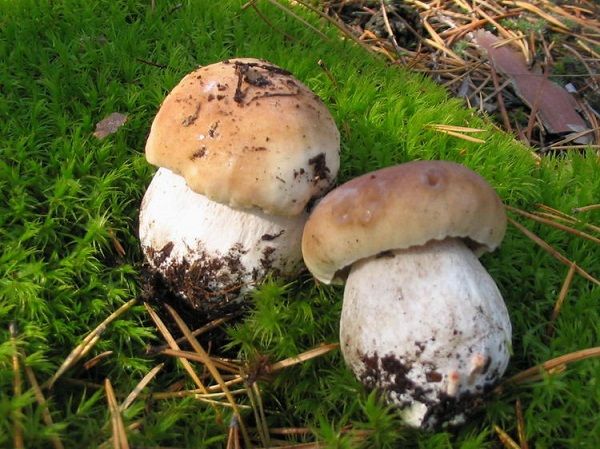

On average, the frequency of watering porcini mushrooms is once every 7 days with 5-6 buckets of water
If the bed is located under a tree, then water is poured onto the trunk of the plant.
Fertilizing a porcini mushroom plantation is very good with coffee grounds. It accelerates their growth and protects them from midges, mold and diseases. To prepare top dressing, the grounds are mixed with natural ground coffee and a mineral complex is added. Fertilizer is applied at the rate of 1 tbsp. l. per square meter of the ridge.
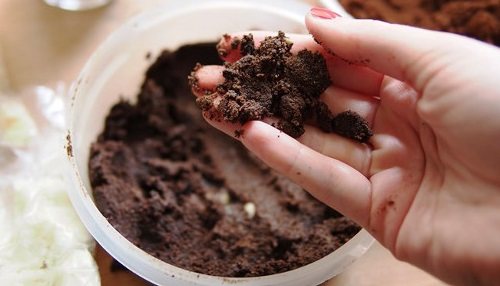

Fertilize porcini mushroom plantation very well with coffee grounds
If the soil on the site dries out very quickly, then a little hydrogel is added to the soil in the garden bed with mushrooms.
Growing porcini mushrooms on your site (+ Video)
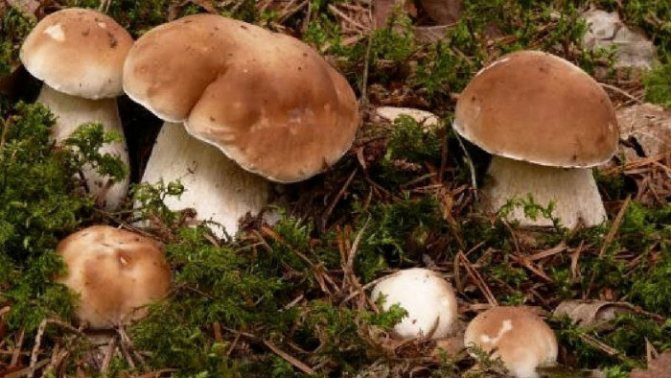

This is not a myth, but a reality. The main thing is to know some of the features and then the cultivation of porcini mushrooms will be effective (it would be surprising if this king of mushrooms did not have his own requirements for caring for him). In this article, I will show you how to grow porcini mushrooms using two methods. The first method is growing with mycelium, the second is using fresh mushroom caps.
But first, a little about the mushroom itself.
White mushroom is considered to be the most valuable among edible mushrooms. He has a fleshy big hat and a thick, bulging white leg. It is tastier and more aromatic than other mushrooms. And it is called white, because it does not darken during preparation and preparation. Excellent aromatic light sauces, broths and soups, as well as many other dishes are prepared with this mushroom.
All these qualities make it possible to call the porcini mushroom the most desirable in the mushroom picker basket. And if he grows in his own garden, then that is even better.
Well, now about the cultivation of porcini mushrooms on the estate.
Growing porcini mushrooms from mycelium
This is the first way to grow in case you don't have time to look for mushrooms in the forest. To grow in this way, firstly, you need to purchase the mycelium of the porcini mushroom. Fortunately, the Internet will help in finding sellers.
In addition to the mycelium, you need:
growing deciduous or coniferous trees, better not very old (about 8-14 years old, mainly oaks, pines and birches);
branches, moss, fallen leaves;
compost.
By the way, from May to September is the best time to plant the mycelium of porcini mushrooms.
Well, everything is ready, the season is right, we start planting.
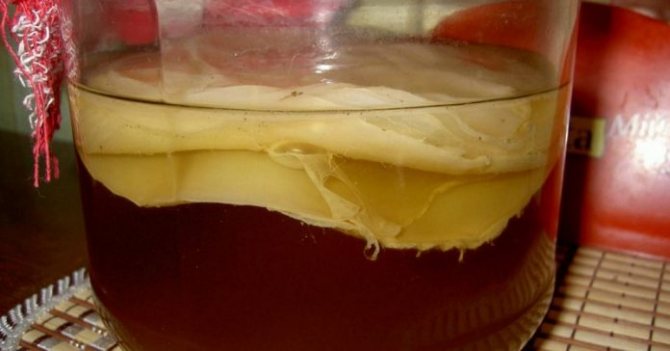

This is why thousands of Japanese women drink kombucha infusion without fail.
First, we will prepare the landing site. To do this, near the tree trunk, you need to remove the top layer of earth (10-20 cm thick) with a shovel in such a way as to obtain an approximately round bare area from 1 to 1.5 m in diameter with a tree in the center.
Then put either compost or soil with a high peat content 1 to 2 cm thick on the bare area, and put pieces of porcini mushroom mycelium on top. Insert mycelium in a checkerboard pattern every 25-30 cm. One package of mycelium should be enough for one tree.
After that, cover everything with the layer of soil that was removed at the very beginning. Now water the landing site. Water must be poured carefully through a spray bottle to avoid eroding the soil. One tree needs 2 to 3 buckets of water.
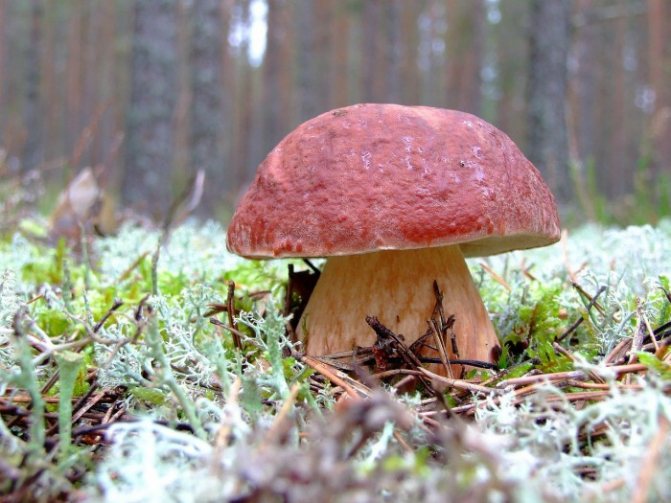

We grow the white mushroom in the garden on our own ...
It is recommended to cover the porcini mushroom planting area with a 20-40 cm layer of straw in order to maintain the soil moisture content at 40%. The mycelium should not dry out. From time to time, the area will need to be watered to maintain the necessary moisture. It is recommended to add effective microorganisms to the water during irrigation (for example, Baikal EM-1). This increases the likelihood of seedlings.
To protect against frost, cover the area with mycelium with straw, moss, fallen leaves or spruce branches. Covering radius - about 2m. In the spring, when there will be no more chances of a return of severe frosts, remove the "coverlet".
The first mushrooms will appear a year after the mycelium has taken root. And so the porcini mushrooms on the estate will delight you for about 3-4 years. If you water the soil with mycelium from time to time with water with effective microorganisms (EM), then you can harvest longer - sometimes even up to 7 years.
As you can see, the technology of growing porcini mushrooms from mycelium is not very complicated.
Growing porcini mushrooms with fresh mushroom caps
technology of growing porcini mushrooms. As in the first option, you need coniferous or deciduous trees between 8 and 12 years old.
And now it's time to go to the forest for mushrooms, that is, for the so-called "seed material". Such material is the fruiting bodies of the porcini mushrooms and, of course, the caps. Your goal is more mature mushrooms (at least 5-10 pcs.) With caps 10-20 cm in diameter. When breaking, the pulp should have a slight greenish tint. If the mushrooms are infected with insect larvae, it's not scary.
Now let's get down to the planting process itself.
The cultivation of porcini mushrooms using caps is somewhat similar to the cultivation of the previous method, but it also has its own characteristics. To grow in this way, we need:
Prepare the harvested mushrooms for sowing;
Prepare a place for sowing;
Sow mushrooms.
And now more about that.
How to prepare the "seed" of porcini mushrooms?
Place the porcini mushrooms (5-10 pcs.) Collected for sowing in a bucket of water (preferably rainwater) and leave them to soak for a day. After insisting, mash the mushrooms with your hands right in the bucket. You should get a homogeneous mass. Now strain this solution through a sieve or a cloth with rare pores. Do not throw away the pulp that remains. She will also need to be planted. Thus, you got a solution with spores and the mushroom tissue itself.
Preparation of the site for sowing and the "sowing" of porcini mushrooms itself


Growing Agaric
The sowing site is prepared in the same way as in the previous planting method. But the seeding process is different.
With this method of planting on a bare plot of land, it is necessary to pour the strained solution onto the roots of the tree (about 2 liters per square meter). After watering, place the mushroom tissue on top of the roots that remains after straining. After that, cover everything with earth that was previously removed near this tree, and pour water over it. As with the previous planting method, water very carefully. The amount of water per tree is 4-5 buckets.
Take care of the site, as in the case of planting porcini mushrooms with the help of mycelium. That is, keep the soil moist (especially in summer), and for the winter (and especially before the first winter after planting), cover the ground around the tree. Remove the covering material in the spring.
Watering is enough once a week with 4-5 buckets of water per tree.Although it all depends on the area where you live. If it rains frequently, then, of course, you can reduce the watering.
After a year or two, if the mycelium has taken root, you will collect your porcini mushrooms. They can be from 2 to 5 kg.
By the way, if you "sow" the mushrooms in August, and the mushrooms appear next fall, it means that parts of the caps of the porcini mushrooms have taken root. Well, if the mushrooms appear in 2 years, then the spores have taken root.
As with the mycelium growing method, you will be mushrooming for about 3-4 years. So if you enjoy picking your own porcini mushrooms, plant them again using the same method in a few years.
What do you need to know to increase the chances of mycelium taking root?
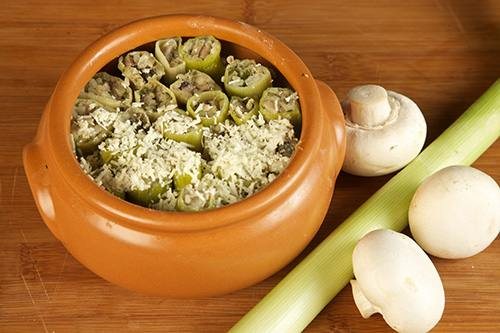

Leek stuffed with mushrooms and rice
Mushrooms can take root better with the following guidelines (some of them work well for both growing methods).
When looking for mushrooms for planting, choose mushrooms that grow near the same tree species near which you plan to plant. That is, if an oak tree grows on your site, then look for porcini mushrooms near the oak tree too. If you have different trees on the site, then also collect "seed" near different trees, but preferably in different bags or baskets. The trees themselves must be healthy.
After picking the mushrooms, they must be immediately soaked (maximum 10 hours after harvest) and sowed the next day. It is impossible to store mushrooms before soaking for more than 10 hours. They decompose quickly. You won't grow anything from frozen mushrooms, so don't even try to freeze them so that you can plant them later.
Diesel-producing tree mushroom discovered
When soaking mushrooms (when preparing seed), sugar or alcohol can be added to the water. This will help the mycelium to take root better. You just need to remember that alcohol is added first, mixed with water, and only then the caps are put to soak. The amount of alcohol is 3-4 tbsp. spoons for 10 liters of water. If you use sugar, then it should only be granulated sugar. Refined sugar cannot be used. You need 50 grams of sugar per 10 liters of water.
2-3 hours before planting the mushrooms, the bare land should be watered with a special disinfection solution. But fear not, these are all natural substances and your eco-garden will not be affected. But pathogenic fungi and bacteria will partially lose their hyperactivity and will not be able to harm your porcini mushrooms.
A solution of tannins is used to disinfect the site. One tree needs 2-3 liters of such a solution. It can be prepared either from black tea or from oak bark. Watering the area can only be done with a chilled solution.
You can prepare a tanning solution like this:
- from black tea
To prepare 1 liter of the ready-made solution, you need to pour 50-100 g of low-grade tea with one liter of boiling water and wait until it cools down.
- from oak bark
For 1 liter of water, 30 g of oak bark is taken. Boil for an hour. In the process of boiling, add water to the original volume.
Mushrooms are planted until mid-September. Later they will take root worse or not at all. 1-1.5 months before frost, the mycelium can take root and grow. This will provide her with the best wintering conditions.
The best time for planting porcini mushrooms is August-mid-September.
And again: watch the humidity in the area of the planted mushrooms. In hot summer, water the area with mushrooms with 3-4 buckets of water once a week.
Well, now you know how to grow porcini mushrooms. You will have to work a little, but this is the king of mushrooms and it is worth it. And imagine how you watch the growth of mushrooms, without fear that someone else will pick them, because they grow on your territory ...
Growing porcini mushrooms on the estate will provide you with your personal "forest" harvest. I wish you good harvests and may you succeed in growing porcini mushrooms the first time.
If you liked this material, then we offer you a selection of the best materials on our site in the opinion of our readers. A selection - TOP about existing eco-settlements, Ancestral estates, their history of creation and everything about eco-houses you can find where it is most convenient for you
If your page is not displayed correctly, the video does not play or you find an error in the text, please click here.
News from our partners
Brothers, but different
Each of them has its own external differences and tastes slightly different.
So:
- "Dubravnik" (oak) - a light brownish-gray cap, with a loose, not very dense pulp. Grows among deciduous trees, with a preference for oak plantings.
- "Borovik" or spruce - a brown hat of various shades can reach 40 centimeters in diameter. Its edges are slightly scaly. It becomes slippery in rainy weather and matte in dry weather. But always cool. Tight flesh changes color. She is white at first. As it ripens, it turns yellow. The leg is similar to a barrel, grows in girth up to 25 cm. It can be found both in ephedra and deciduous.
- The mycelium of the porcini mushroom is a dark bronze one that takes root very well under artificially created conditions. From it grows a "hero" with a dense, slightly wrinkled cap and the same hard, reddish-brown leg with a thickening at the bottom. The top can have a wide variety of shades - from black-brown to brownish-tobacco. The cut mushroom does not change color, has a pleasant smell and taste. Prefers warm climate and deciduous forest.
It is possible to enumerate for a long time the differences of forest "emperors", their advantages and preferences. But it's time to move on to practical tips for growing boletus at home.
Testimonials
Currently, only a few countries are engaged in the cultivation of porcini mushrooms on a large industrial scale. In Russia, porcini mushrooms are grown at home by a few. Based on the feedback from mushroom growers, business requires large investments and is not profitable at first.
But by creating the necessary conditions, you can earn good money. The demand for such products exceeds the supply. You can sell porcini mushrooms fresh, frozen, canned and dried, as well as sell mycelium.
Experienced entrepreneurs advise growing it in a small area. If you manage to harvest, you should move on to a larger area. If the first time it was not possible to grow the product, you should take into account the errors and start over the whole process.
Difficulties can arise not only at the stage of breeding, but also at the time of obtaining a license and registration. Mushroom growers recommend collecting all documents and permits, and then buying the necessary equipment and materials.
It should be remembered that there is a large time gap between material costs and profit, and you need to be prepared for this fact.
This article was viewed: 1,586
Share the entry
- Similar posts
- Mushrooms at home or a mushroom box, what is it?
- Growing oyster mushrooms intensively and extensively at home for beginners
- Kombucha: what is useful and how to grow
- White milk mushroom - how to collect and salt
- How to grow kombucha at home from scratch?
- Rules for growing mushrooms at home for beginners from scratch
Choosing a site
Considering that boletus is a forest mushroom, it grows in close symbiosis with perennial trees and other plants, you need to try to create optimal conditions for it:
- environment - oak, birch (their age is 50 and more years), spruce, pine (25 and older);
- other representatives of the green world - moss, lichen;
- mushroom neighbors - green tea, russula, chanterelle;
- soil - loamy, sandy loam or well-drained sand or sandy loam;
- temperature - above 8 ° C and until frost, optimal 15-18 ° C;
- special conditions - thunderstorms, fog, heavy dew;
- illumination - loves light, but grows in partial shade.
If it is possible to choose a place that is suitable in all respects, then you can safely prepare planting material of your own production. Some try to plant prepared spores just on the site, but such attempts are rarely successful.

